Men, where to find the perfect T-shirt
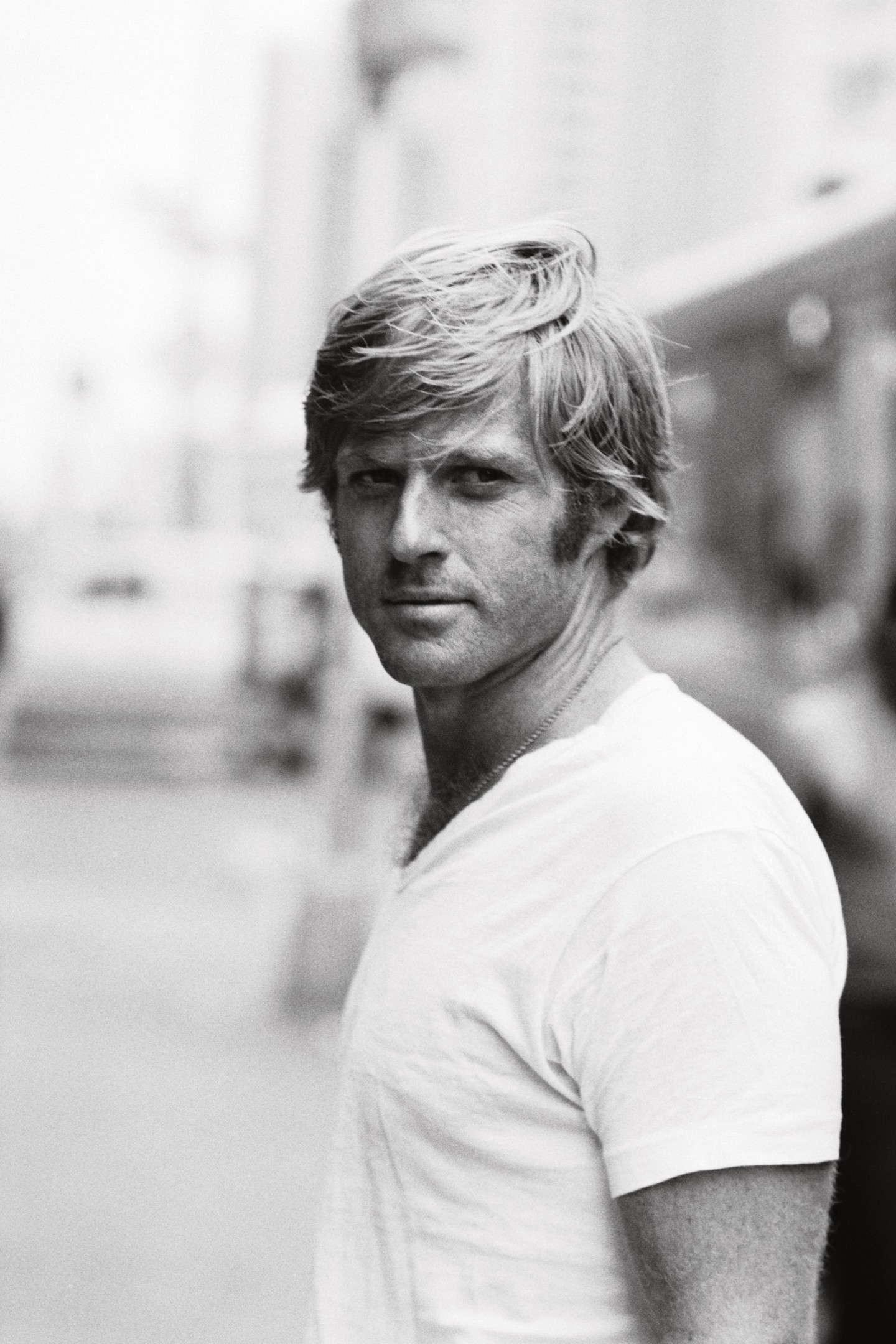
Simply sign up to the Style myFT Digest -- delivered directly to your inbox.
Ten years ago I invested in 20 identical James Perse black T-shirts. They were made in the United States from Japanese Supima cotton, with a deliberate, subtle wrinkle in the neckline. The fit was flawless and flattering. Though the design has been discontinued, I still have half of them, and while they held their colour for years, I have overdyed them twice, and the fabric has worn thin – which I love. I cling on to what remains of my collection.
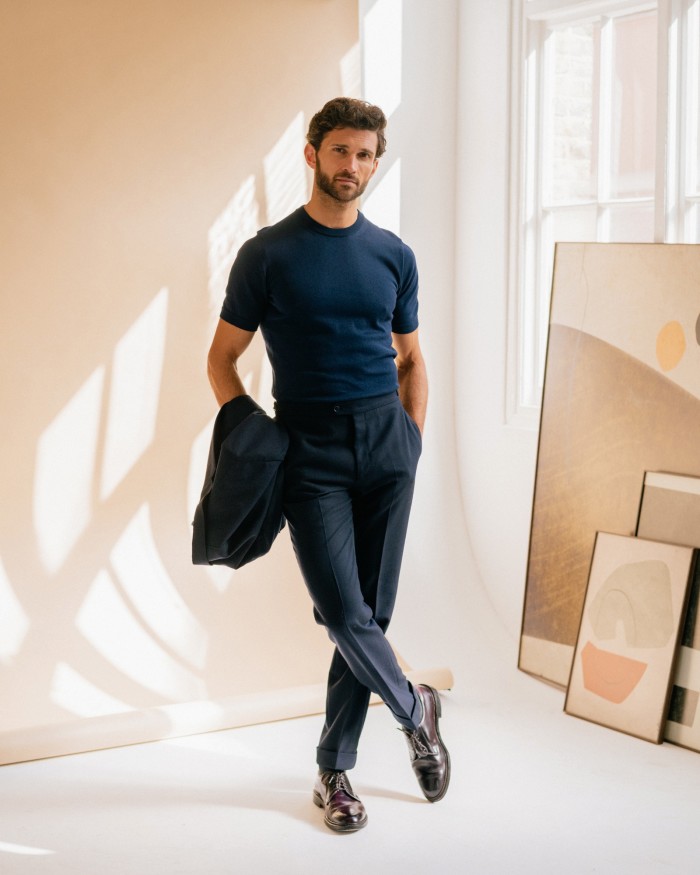
My perfect T-shirt is black, but yours may be white. Both are core to any wardrobe. Apart from the ability to hold colour and shape, we all seek the same thing – a perfect, flattering fit. But it’s not easy. Perse is a superb brand, but I regularly find myself experimenting with others – a process of trial and often horror. The double-layered, semi-sheer cotton of certain Rick Owens designs works well with my body, clinging to areas that have actual muscle, but his baggier cuts, like most oversized clothing generally, just emphasise that I’m essentially overweight.
Many T-shirt cuts have unique selling points. Buck Mason’s are made in a soft cotton and have a curved hem that looks great untucked. Merz B Schwanen, a German heritage brand, looms its Good Originals products so the garments are seamless except for triangular inserts in the armpit – a game-changer for fit. The label also categorises some cuts by decade, and while the ’50s models work best for my shape, the three-button Henley has the snuggest bicep fit. You do, however, have to figure in a three to five per cent shrinkage with Schwanen’s Good Originals garments, and they are cut small to begin with – so go large.
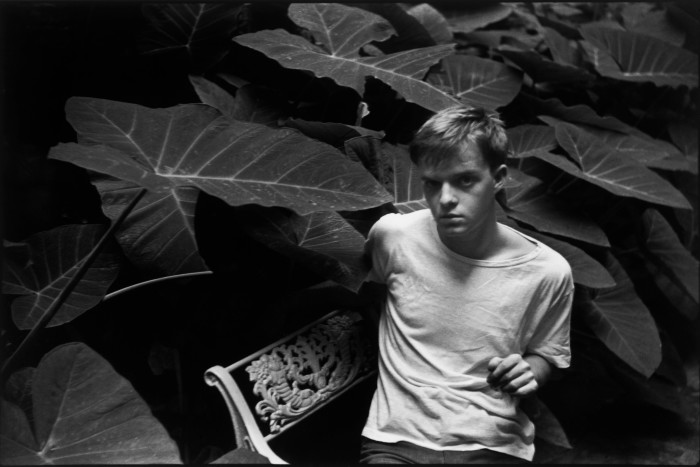
Some online brands are offering impressive developments when it comes to fit. Tailor Store, Spoke and Son of a Tailor in Copenhagen are all relative newcomers offering algorithms to work out what fit is best for you. “We calculate a pattern for each individual customer based on height, weight, age and shoe size as well as the customer’s body type,” says Jess Fleischer, co-founder of Son of a Tailor. “We have created more than 150,000 unique sizes.”
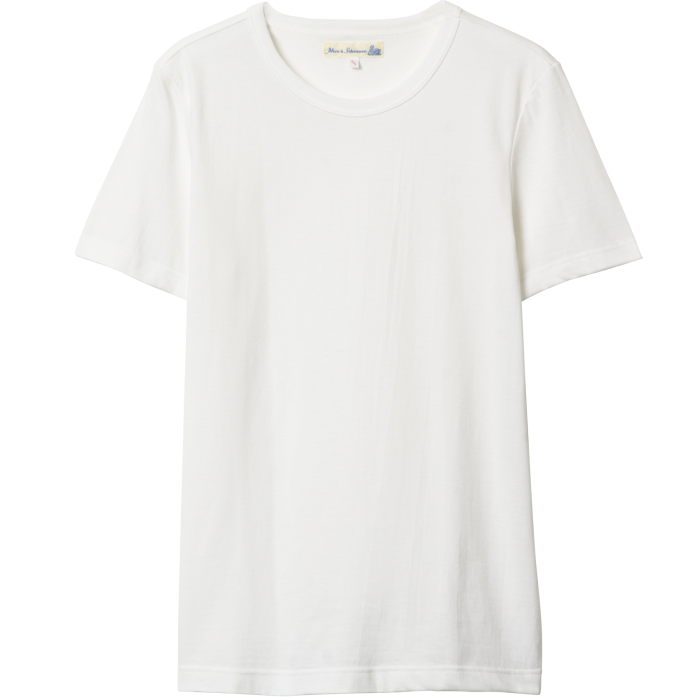
Merz B Schwanen 1950s loopwheeled T-shirt, €59.90
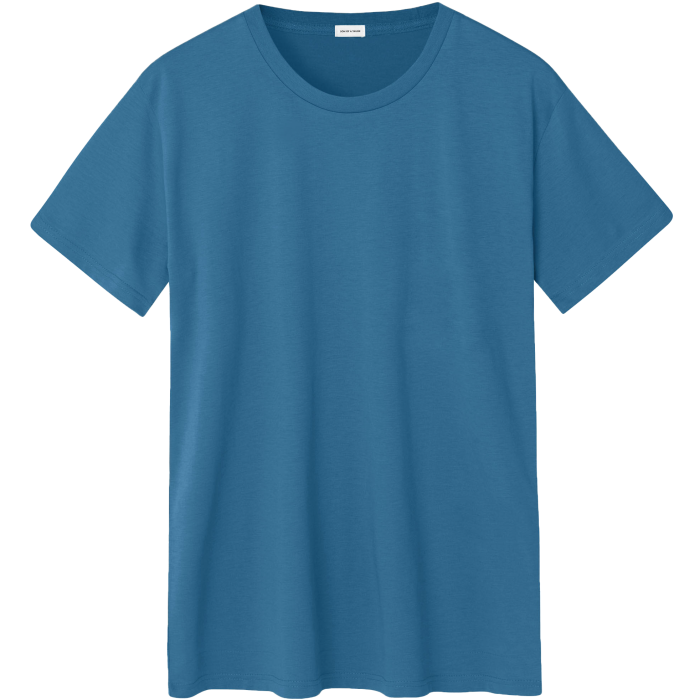
Son of a Tailor Supima cotton T-shirt, £55
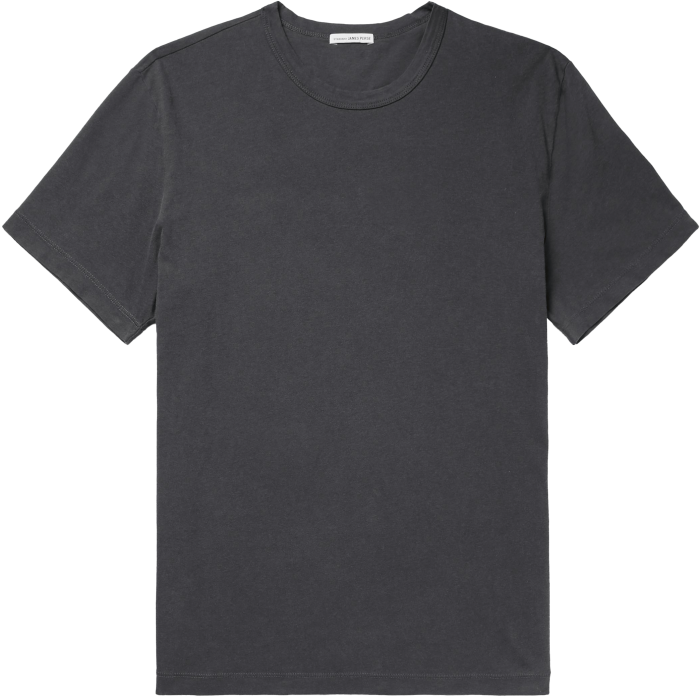
James Perse combed cotton-jersey T-shirt, £70, mrporter.com
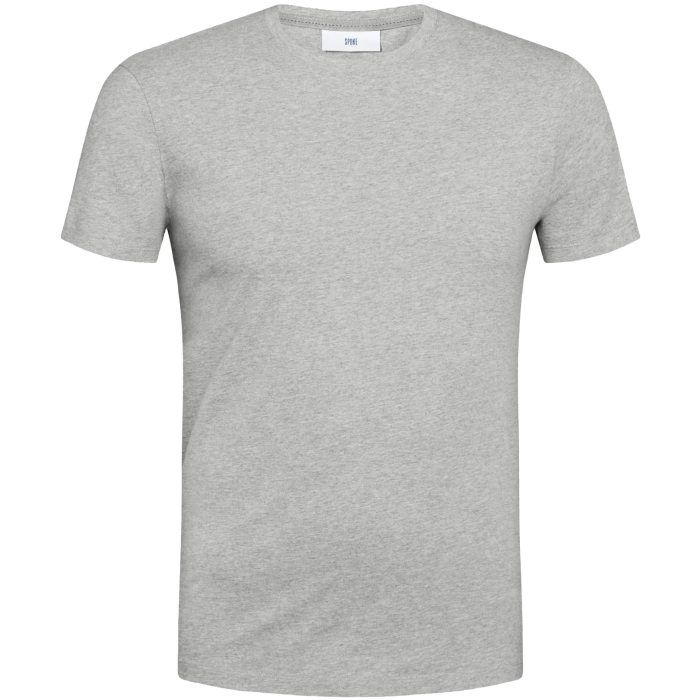
Spoke cotton T-shirt, £40
Your choice of has a lot to do with what you’re wearing your T-shirt with, as well as your shape. The own-brand T-shirts at Trunk are a great fit, with a bicep width that feels just right (not too tight or loose), but Trunk founder Mats Klingberg wears different sizes depending on the occasion and the look. “I wear an M for a smarter look under a more fitted shirt, sweater or jacket,” he says, “and an L for more casual looks with loose-fit chinos or shorts.”
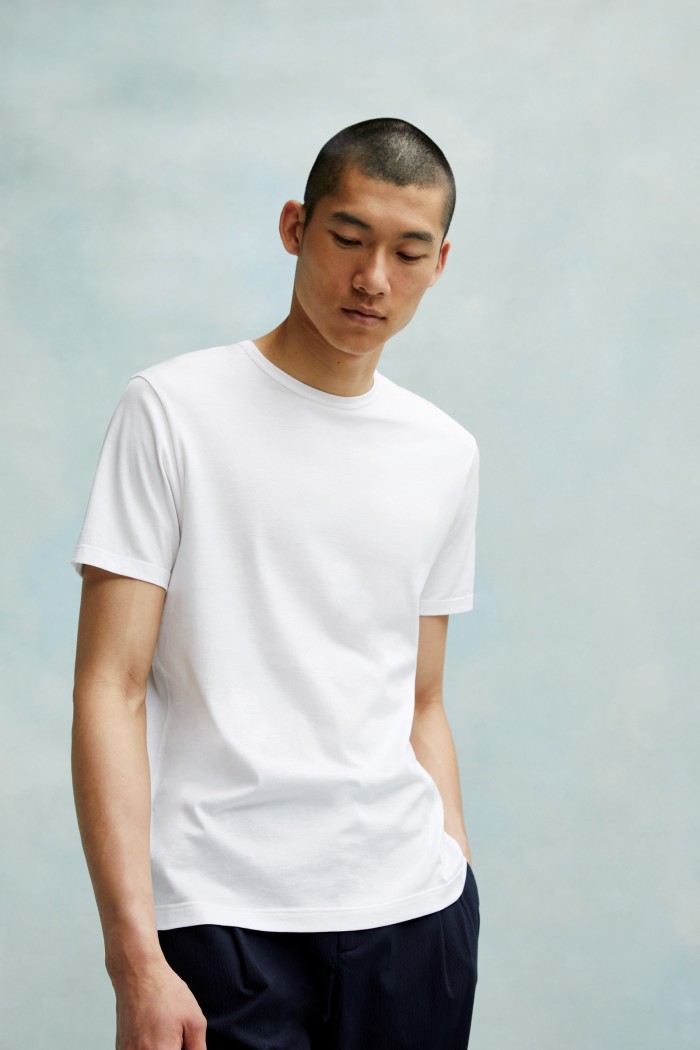
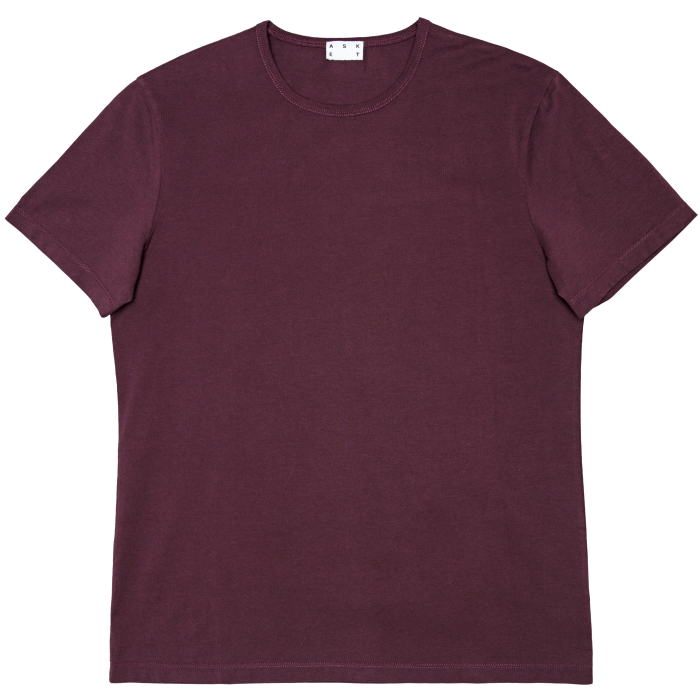
Asket cotton The T-shirt, £35
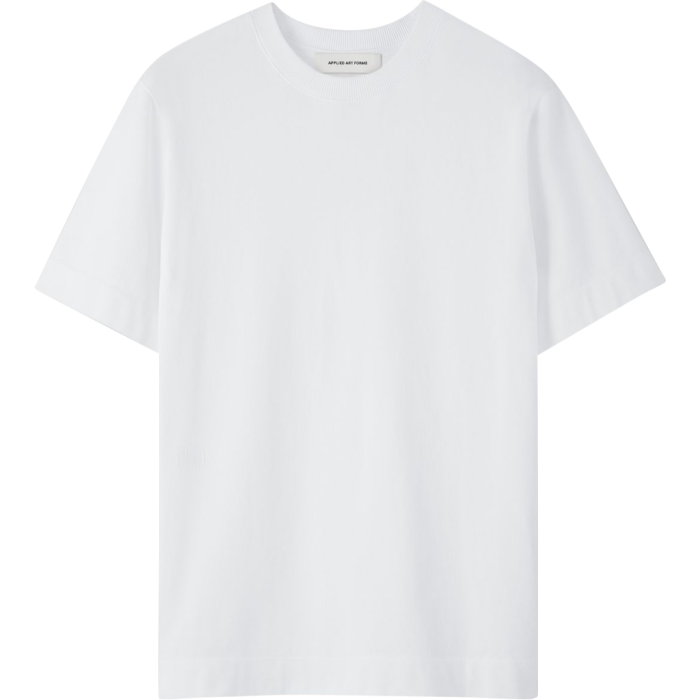
Applied Art Forms LM1-1 jersey T-shirt, €110
Sunspel CEO Nicholas Brooke also switches styles according to the outfit: “I wear our Riviera midweight T-shirt with a suit, because it has a flat neck binding, so it’s smart,” he says. “Our Classic T-shirt has a slim fit and an underwear-style neck because that’s what it was originally intended to be. But cut aside, it’s about the fabric. We use Supima cotton from one farm in California that has been double twisted and passed over a flame to get rid of any fluff and bring longevity. Then there are our most luxurious ones, in sea-island cotton from a farm in Jamaica, spun in Switzerland. The length of the fibre is about 5cm, which is high and rare, making it soft and durable.”
Other contenders for best T-shirt include ASKET – the brand says it spent a “disproportionate” amount of time developing its core permanent collection and continues to make small tweaks based on customer feedback – and Guy Berryman’s Applied Art Forms. “If the shoulder seam is in the wrong place, the garment will pull forwards or backwards, making the neck uncomfortable,” says Berryman of the engineering involved in creating the perfect T-shirt. He has laboured over every millimetre: “The arm length shouldn’t be too short – I prefer a sleeve that approaches the elbow, rather than bisecting your bicep. We have a 1.5in hem on the arms and waist which adds a sort of substantial nature. Though the simplest of garments, a T-shirt contains a hidden array of mathematical ratios and proportions which can result in success or failure.”
Comments